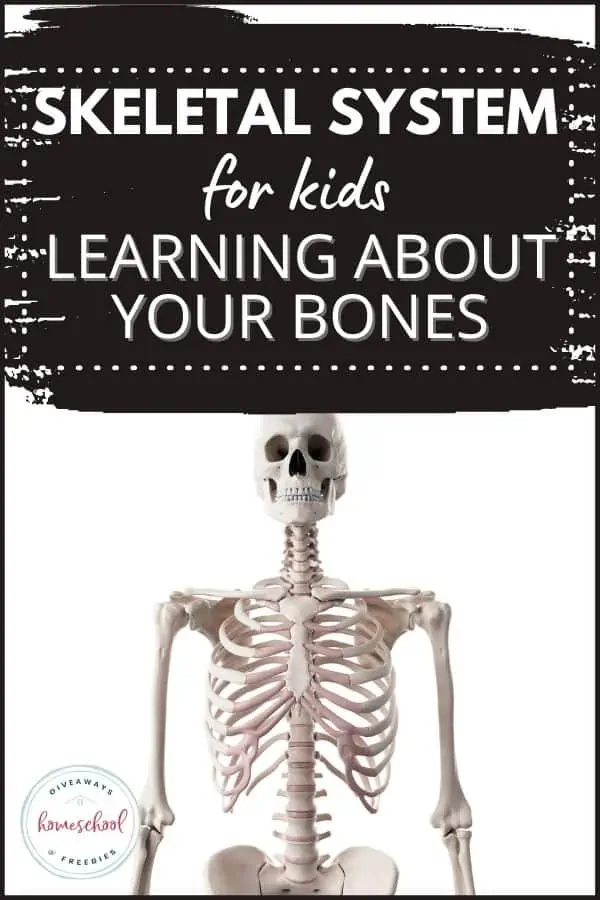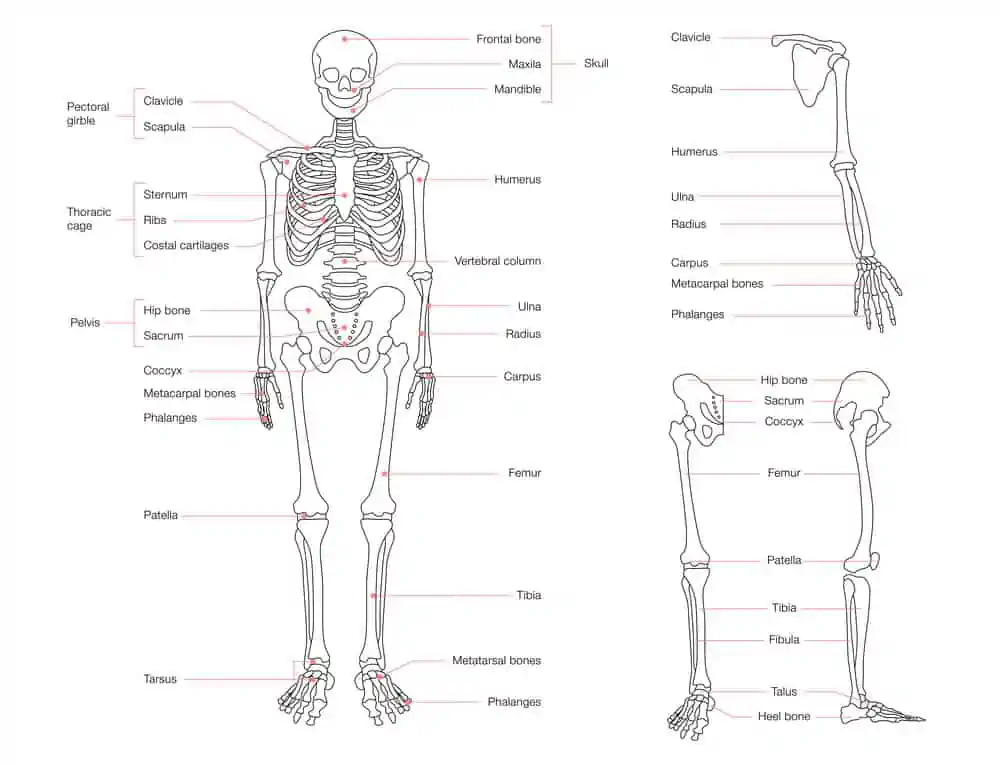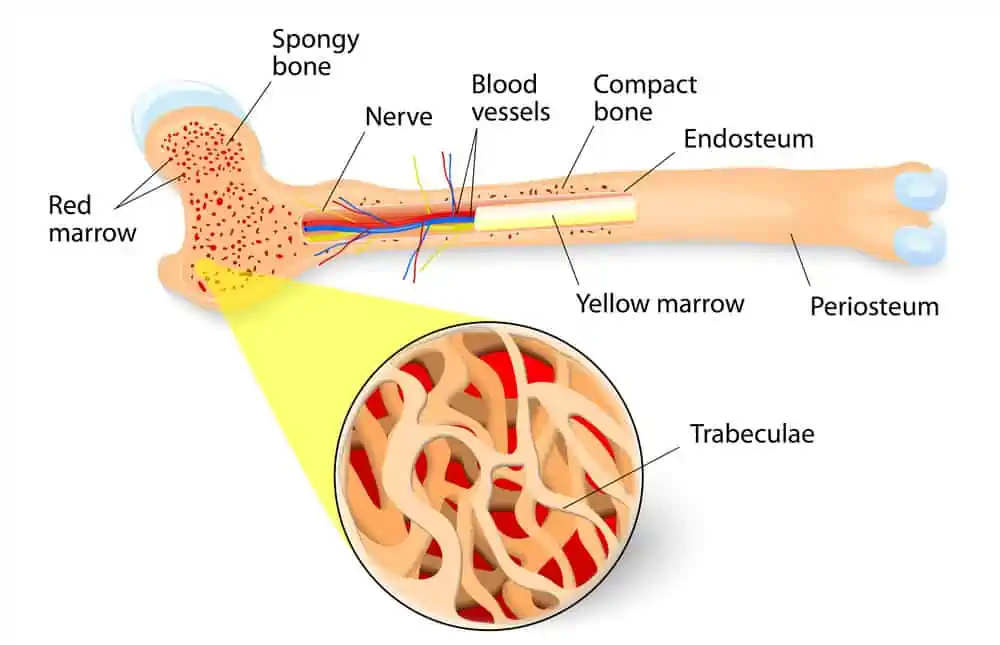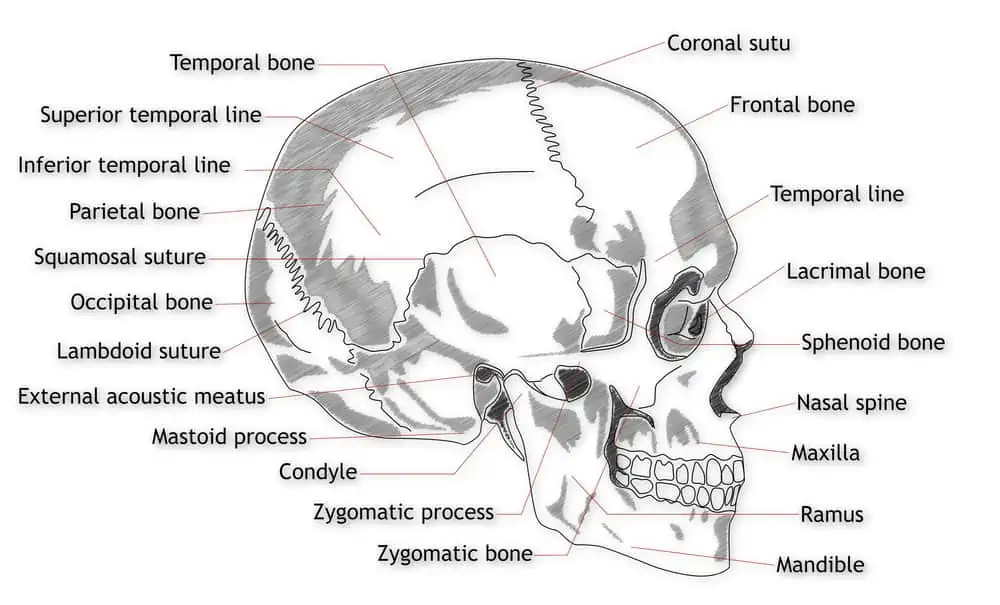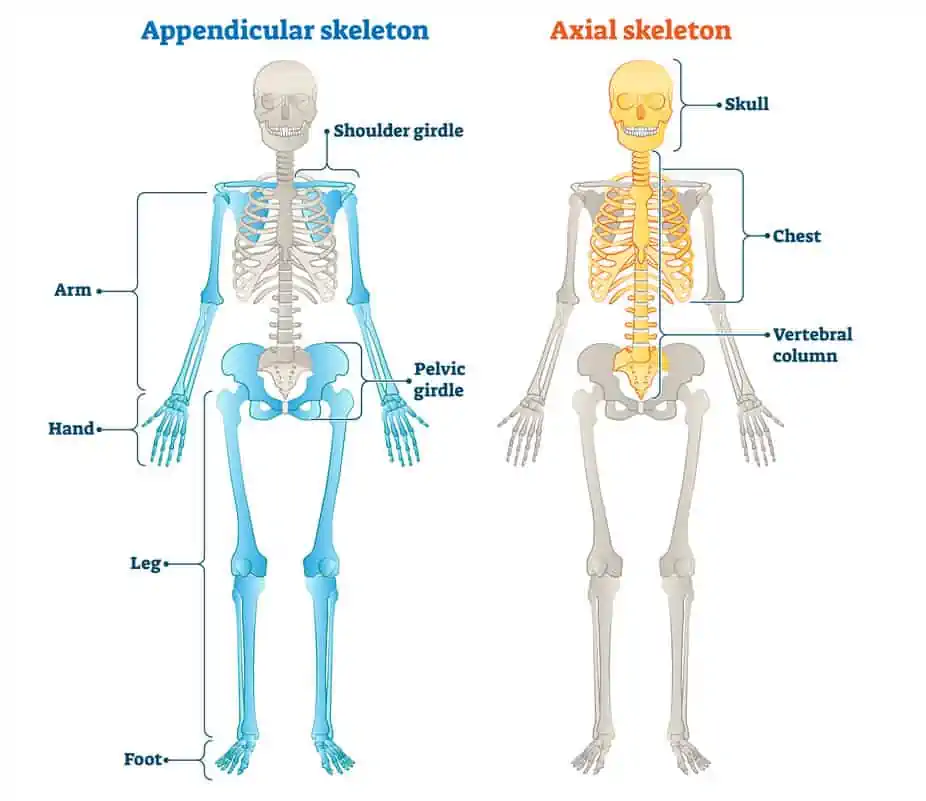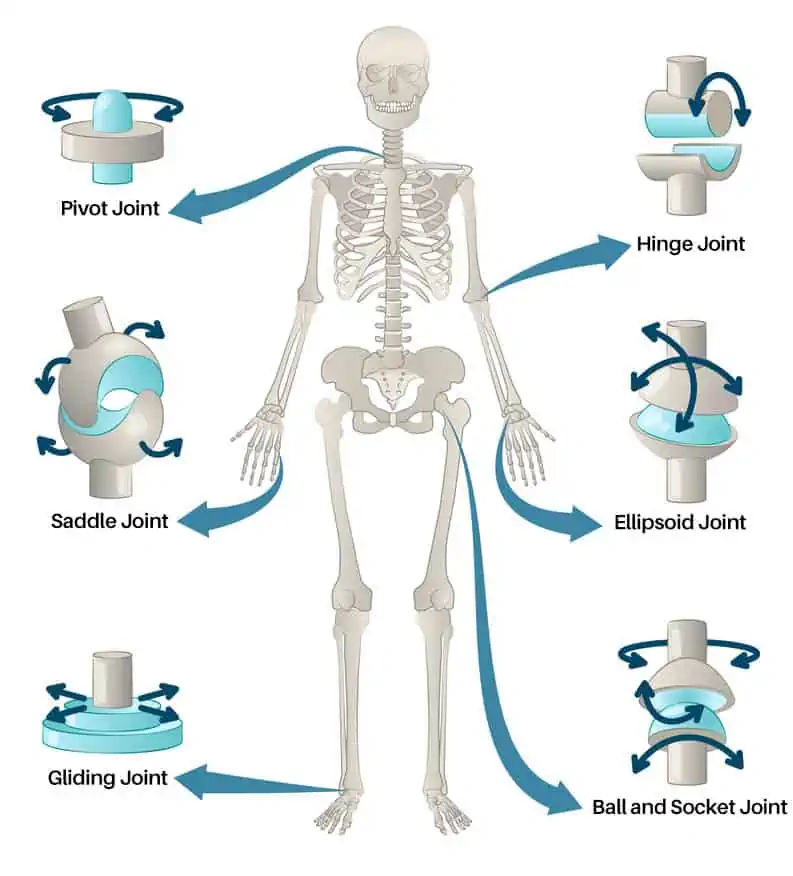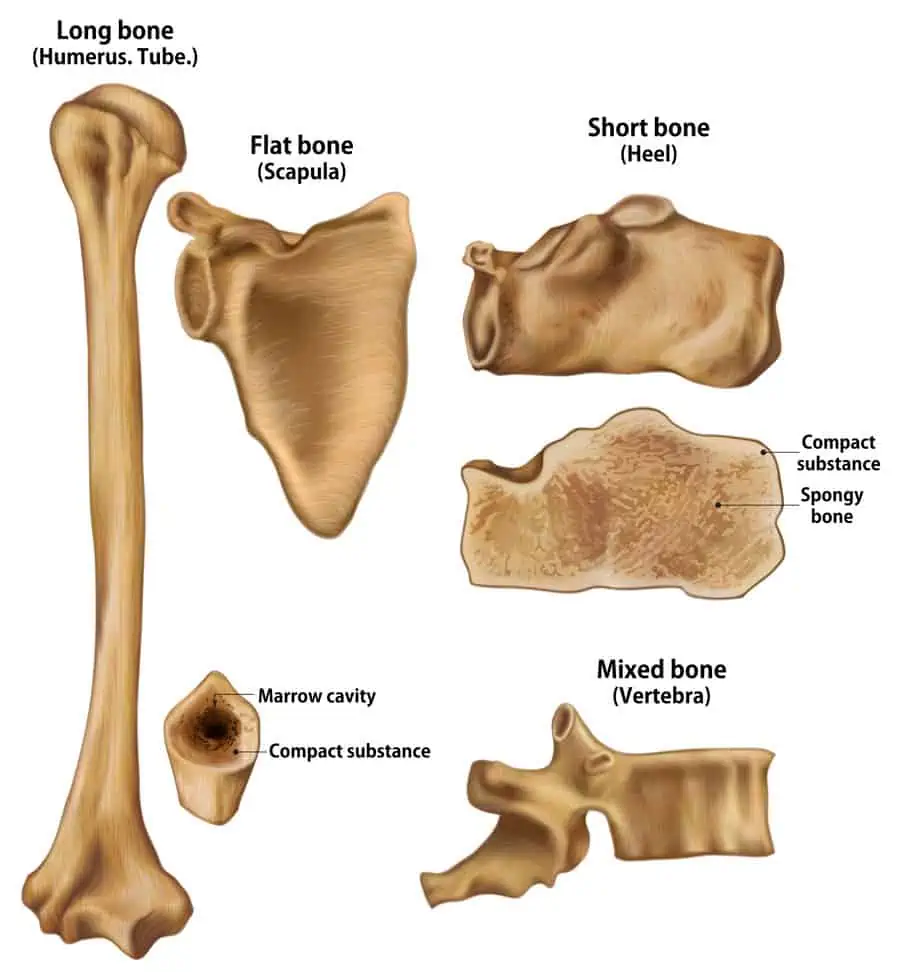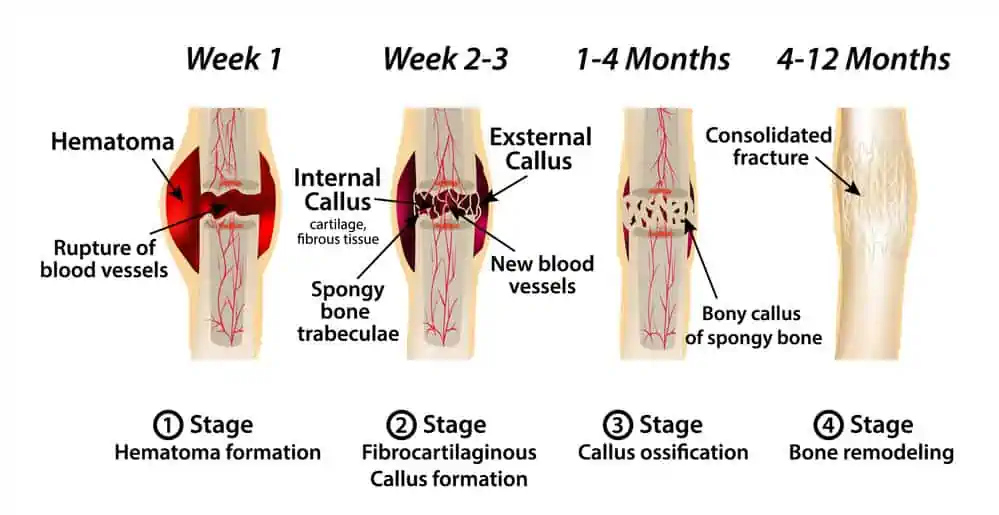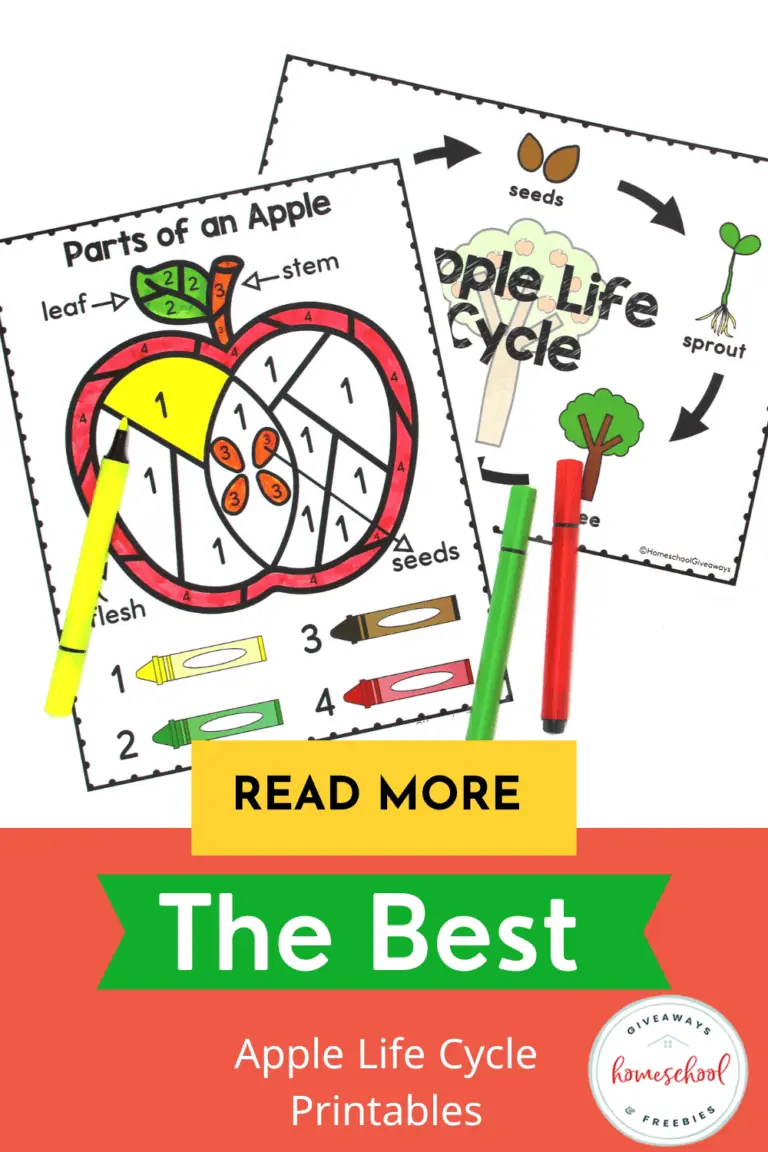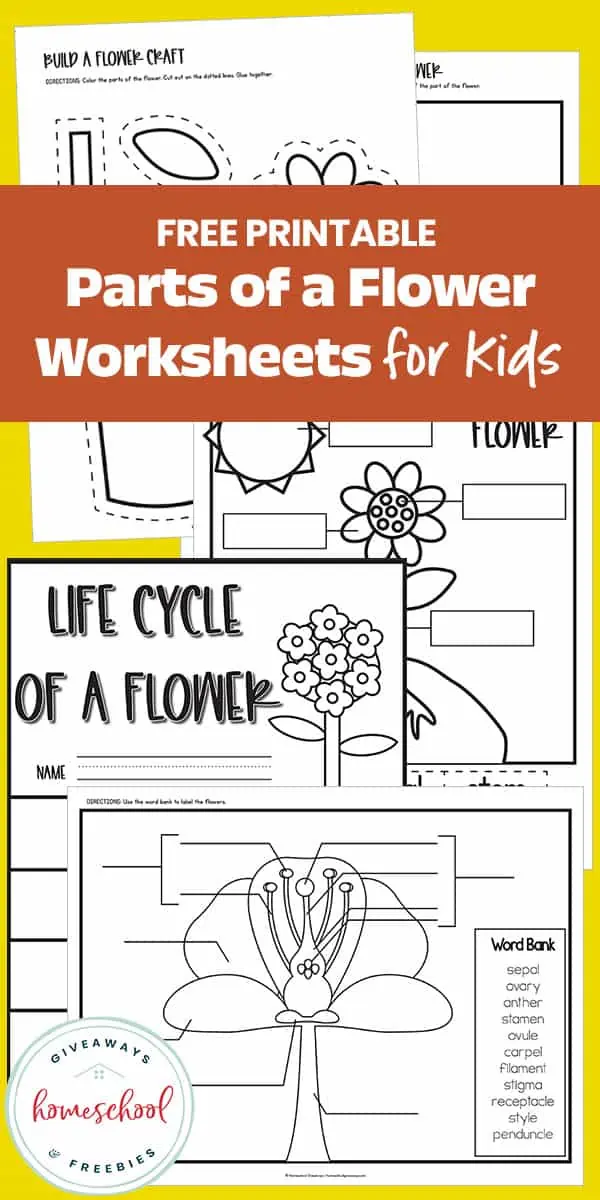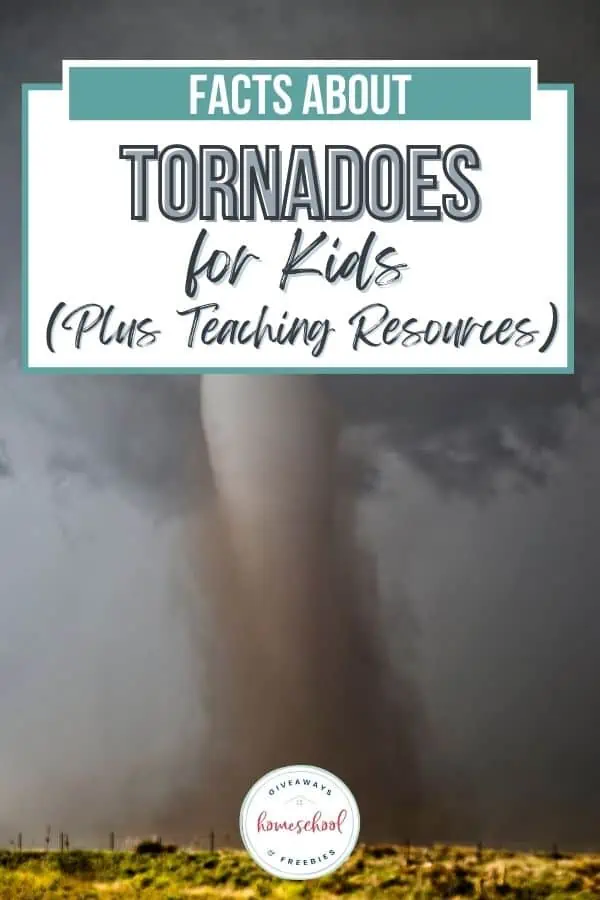Skeletal System for Kids – Learning About Your Bones
Published:
August 1, 2022

Contributor:
Sarah Shelton
Disclosure: This post may contain affiliate links, meaning if you decide to make a purchase via my links, I may earn a commission at no additional cost to you. See my disclosure for more info.
The skeleton is the framework that gives structure to our entire bodies. It is what holds us up and allows us to move. If you are learning about the human body systems in your science lessons you are going to really enjoy teaching the skeletal system for kids.
Skeletal System for Kids
Learning about the human skeletal system is a great way to introduce your kids to human anatomy. There is so much learning fun that can be done with this topic. If you are learning about the different body systems or studying human anatomy, be sure to scroll to check out all our free anatomy worksheets. You can see them all listed at the bottom of this post as well as at that link.
What is the main function of bones?
Support
Bones are very important things as they support your entire body and keep you from falling down. Your posture depends on your bones to hold you up.
Protection
Our bones protect our internal organs from being injured. The rib cage and ribs protect your heart and lungs while your skull protects your brain. These strong bones keep your body safe.
Movement
Bones help our bodies to be able to move because the muscles are attached to the bones with tendons. The bones and muscles working together is what makes your body to be able to move.
Parts of a Bone
- Outer coating – there is a thin, outer membrane that provides the covering for the bones. It is called the periosteum.
- Compact bone – this is the hard, solid outside part of the bone. It is ivory in color and is extremely strong.
- Spongy bone – these bones are lighter than compact bones. Spongy bone can be found in flat and long bones of the body such as: ribs, pelvic bones, the bones in the skull and vertebrae.
- Bone cell – this is what maintains the bone tissue. There are three types of bone cells: osteoblasts, osteoclasts and osteocytes.
- Red bone marrow – contains stem cells that can become red blood cells, white blood cells or platelets.
- Yellow bone marrow – is made up mostly of fat and helps the storage of fat in cells. It also contains stem cells that produce cartilage.
How the Skeletal System Is Connected
- Ligaments are bands of tough elastic like, fibrous tissue around your joints. These connective tissues gives your joints the support they need when they move.
- Muscles are soft tissues that connect together to help your body move by force. There are more than 600 muscles in your body.
- Tendons are fibrous connective tissues that attach your muscles to your bones.
- Cartilage is a firm but flexible tissue that is softer than bone and makes up your nose, ears and larynx.
How Many Bones are in the human body?
Adults have 206 bones. Babies have more than 300 bones before some fuse together as they grow.
Bones in the Human Body
Let’s learn about the skeletal system and the bones that make it up.
Bones in the Head
The skull contains 22 bones. The bones of the skull are divided into two groups, the cranium and facial bones.
The cranium consists of the following bones: frontal, sphenoid, ethmoid, occipital, parietal and temporal.
Facial Bones:
- Zygomatic (2) – cheek bones of the face
- Lacrimal (2) – the smallest bones of the face
- Nasal (2) – bridge of the nose
- Inferior nasal conchae (2) – found inside the nasal cavity
- Palatine (2) – located at the back of the oral cavity and forms part of the hard palate
- Maxilla (2) – part of the upper jaw and hard palate
- Vomer – part of the nasal septum
- Mandible (jaw)
Bones of the Spine
The spine consists of 26 bones called vertebrae. The spinal cord passes through a hole in the vertebrae. There are seven neck bones.
Ribs
Humans are typically born with 12 ribs on each side, for a total of 24 ribs. The first seven ribs are called true ribs. Next, the middle ribs are called false ribs. Lastly, ribs 11 and 12 are floating ribs.
Hand Bones
The had has 27 bones. The wrist is made up of 8 small bones called carpal bones. Fingers consist of a metacarpal and phalanges.
Leg Bones
There are 4 leg bones, which are called: femur, tibia, fibula, and patella
Arm Bones
There are 3 arm bones: humerus, radius, and the ulna.
Foot Bones
The bones of the foot are called calcaneus, talus, cuboid, navicular, and the medial, middle, and lateral cuneiforms. There are also metatarsals and phalanges (toe bones).
Divisions of the Skeletal System
There are two divisions of the skeletal system, the appendicular skeleton and the axial skeleton.
Appendicular Skeleton
The appendicular skeleton consists of the arm, hand, leg, foot, pelvic girdle, and the shoulder girdle.
Axial Skeleton
The axial skeleton is made up of the skull, chest, and the vertebral column.
Bone Marrow
Bone marrow is the soft, spongy tissue that is found in the center of many bones. There are two types of bone marrow. Red bone marrow and yellow bone marrow. Bone marrow makes more than 220 billion new blood cells everyday.
Joints
Human bodies have more than 400 joints. There are 6 different types of joints: saddle joints, pivot joints, ball and socket joints, ellipsoidal joints, hinge joints, and gliding joints.
There are 150 joints that allow little to no movement.
Different Types of Bones
Long Bone
Long bones contain yellow and red bone marrow, producing blood cells. A longbone is a bone that has two ends and is longer than wide. Long bones have an outer shell of compact bone and an interior cavity filled with bone marrow.
The long bones in the body are the the humerus, radius, ulna, metacarpals, tibia, fibula, femur, metatarsals, and phalanges.
Flat Bone
Flat bones are made of a single layer of spongy tissue sandwiched between two thin layers of hard tissue. They have a flat, not round, shape. Examples include the skull, ribs, and pelvis. Flat bones lack a bone marrow cavity. They contain blood vessels, nerves, and lymphatic channels.
Short Bone
Short bones contain mainly spongy bone. On the outside surface, they have a thin layer of compacted bone. Short bones are found in the hands and feet, and the kneecap is also considered a shortbone.
Irregular Bone/Mixed Bone
Mixed bones lack a specific type of shape. The functions of mixed bones vary, depending on the bone itself. The mixed bones are the vertebrae, the sacrum, the coccyx, the ethmoid, the zygomatic, the maxilla, the mandible, the palatine, the temporal, the sphenoid, the inferior nasal concha, and the hyoid.
How Bones Grow
A baby has about 300 tiny bones in their small bodies. Many of these are made up of cartilage, which is soft tissue and growth plates. A growth plate will eventually turn into hard bones with the help of calcium.
This is why it is so important that young children get enough calcium through dairy products. Calcium gives you healthy bones. It helps to strengthen the bones and makes them hard.
How Broken Bones Heal
Broken bones can happen to anyone, but can be common in children who may have had a hard fall. A broken bone can be very painful and hard to move or use. Our bodies are so fascinating and bones can heal themselves quite well.
A few days after a fracture, your body will form a blood clot around the broken bone. This clot delivers the cells needed for healing. The healing tissue that forms is called a callus and joins the broken bones together. A new bone will form over the course of a few weeks to a couple of months.
Stages of Healing a Bone Fracture
Facts About the Skeletal System
- Babies are born with 300 bones in their bodies and many are made of cartilage.
- Bones are full of a spongy tissue called bone marrow.
- The smallest bone in the body is called the stape or stirrup and it is found in the ear.
- Your leg is the longest bone in your body.
- There are 26 bones in the human foot.
- The only bone that does not connect to a joint is located in your throat. This is the hyoid bone that holds your tongue in place.
- There are 54 bones in the human hand.
- The knee is the biggest joint in your body.
- Human bones can heal naturally and regenerate.
- Eating lots of calcium helps your bones to maintain their strength.
- Bones can absorb two to three times of your body weight in force.
- The skeletal system protects our important organs.
- During puberty bones stop growing in length.
- The human skeleton is made up of 206 bones.
- Arms are the most commonly broken bones in the body.
Free Human Body PrintablesSkeletal System Printables – If you are studying bones, print off a free skeletal system worksheet. These free skeletal system printables are a great addition to any student’s study of the skeletal system! Labeling sheets, build-your own skeleton, puzzles, and more make these fun and easy to use resources perfect for learning about the bones of the body.
|
Human Body System Worksheets
Download dozens of free human body worksheets for all the different body systems. You can also find some anatomy and physiology worksheets that work alone ore alongside Exploring Creation with Human Anatomy and Physiology.
- nervous system worksheets
- respiratory system worksheets
- muscular system worksheets
- skeletal system worksheets
- circulatory system worksheets
- body systems vocabulary
- body systems fact cards and cheat sheets
In Conclusion
Learning about the skeletal system for kids can be done outside of a textbook. Using free labeling worksheets and online resources, you can come up with your own lesson plans and unit study.

